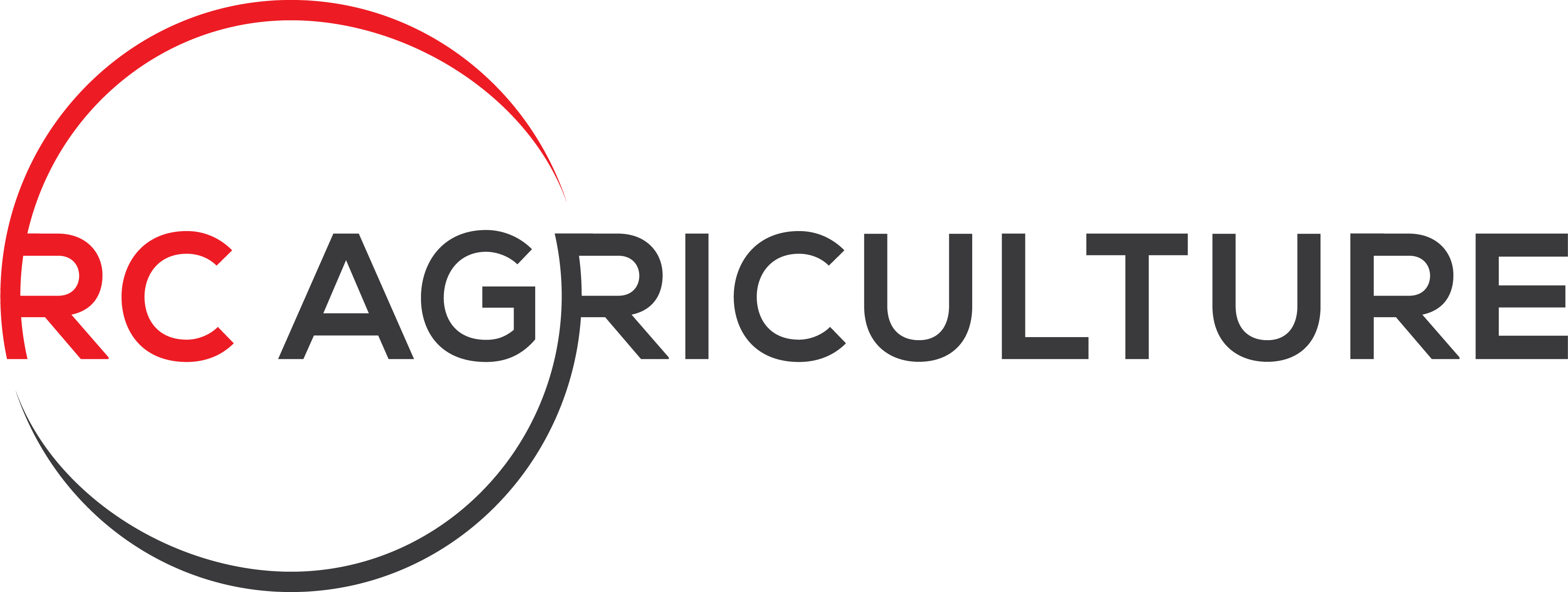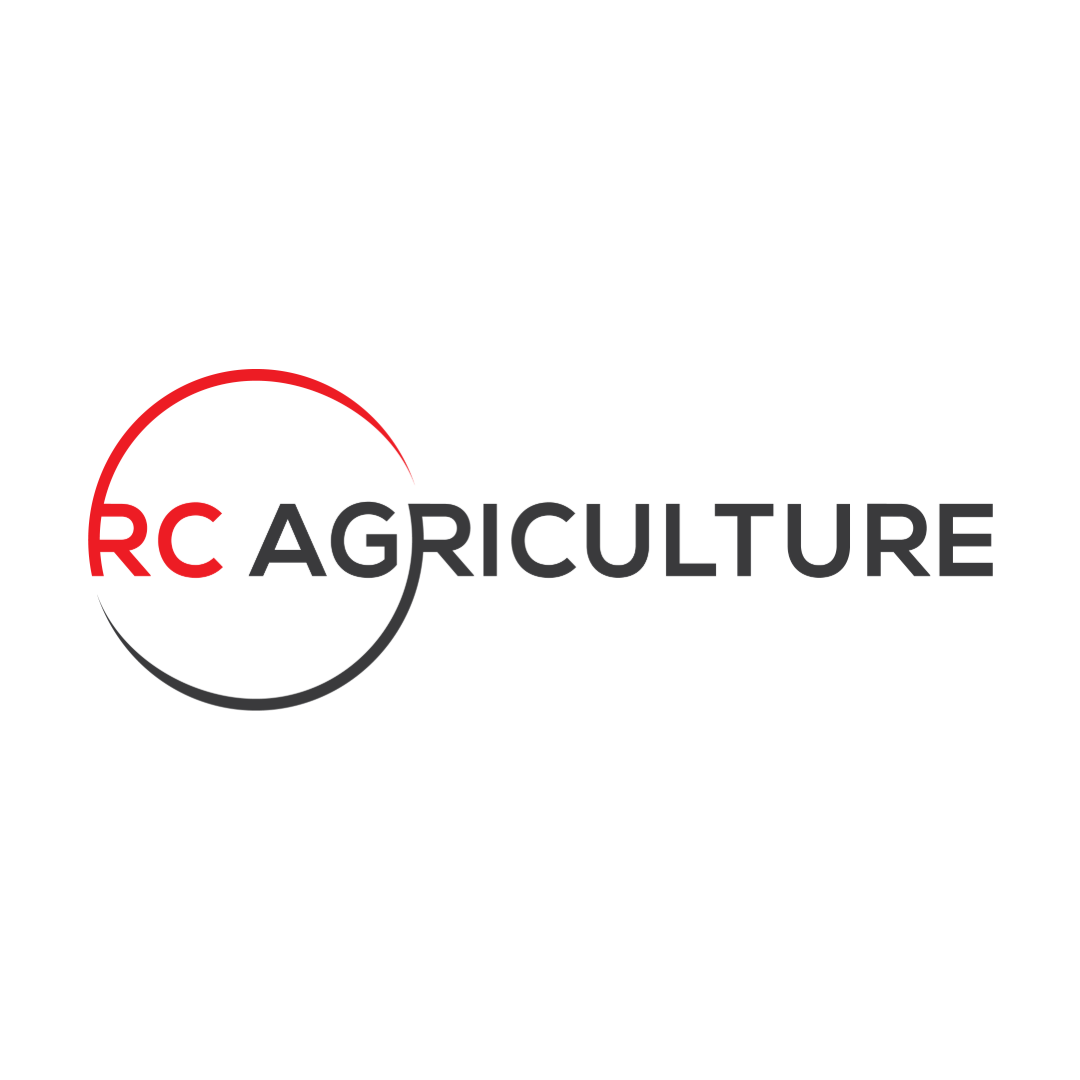As agricultural drone technology advances, aerial application is becoming an essential tool in the modern farmers’ toolbox. However, operating a drone or manned aircraft for aerial spraying comes with strict regulations from the Federal Aviation Administration (FAA) and the Idaho State Department of Agriculture (ISDA). Understanding FAA Part 137 exemptions and Idaho-specific compliance requirements is critical for legal and efficient operations.
Understanding FAA Part 137 and Exemptions
What is Part 137?
FAA Part 137 governs agricultural aircraft operations, including drones and traditional manned aircraft used for spraying crops with pesticides, herbicides, and fertilizers. This regulation covers certification, operational limitations, pilot requirements, and safety guidelines to ensure safe aerial application.
Key FAA Part 137 Compliance Requirements
- Commercial Certification: Operators must obtain a Part 137 certification from the FAA before conducting aerial application operations.
- Pilot Requirements: For drones, the operator must hold a Part 107 Remote Pilot Certificate. For manned aircraft, a commercial pilot’s license with agricultural endorsements is required.
- Aircraft Exemptions: Operators using drones over 55 lbs. or conducting operations outside of standard visual line-of-sight (VLOS) may require a Part 44807 exemption.
- Operational Waivers: If operating at night or in controlled airspace, additional waivers may be required.
- Safety and Maintenance Compliance: Regular aircraft inspections and safety protocols must be followed to ensure airworthiness.
Idaho State Department of Agriculture (ISDA) Compliance
Beyond FAA regulations, aerial applicators in Idaho must comply with ISDA rules governing pesticide application and safety.
Idaho-Specific Requirements for Aerial Applicators
- Pesticide Applicator’s License: Any aerial applicator must hold a valid pesticide applicator’s license from the ISDA.
- Record-Keeping and Reporting: Operators must document application areas, chemical usage, and environmental conditions to ensure compliance with state regulations.
- Buffer Zone Compliance: Applicators must follow Idaho’s regulations on pesticide buffer zones to prevent contamination of water sources, residential areas, and sensitive crops.
- Insurance and Liability: Idaho law requires aerial applicators to have proper liability coverage in case of accidental pesticide drift or damage.
Steps to Become a Certified Aerial Applicator in Idaho
- Obtain FAA Part 107 (for drones) or Commercial Pilot License (for manned aircraft).
- Apply for a Part 137 Certificate with the FAA.
- Secure a Part 44807 exemption if operating drones over 55 lbs.
- Complete ISDA Pesticide Applicator Certification.
- Maintain accurate spray records and follow Idaho buffer zone laws.
- Ensure liability insurance coverage meets Idaho state requirements.
Final Thoughts
Navigating FAA and ISDA regulations may seem daunting, but compliance is crucial for operating legally and efficiently as an aerial applicator. Understanding these requirements ensures safe, effective, and profitable agricultural operations.
For more guidance on obtaining your FAA Part 137 certification and ISDA compliance, contact us today!


